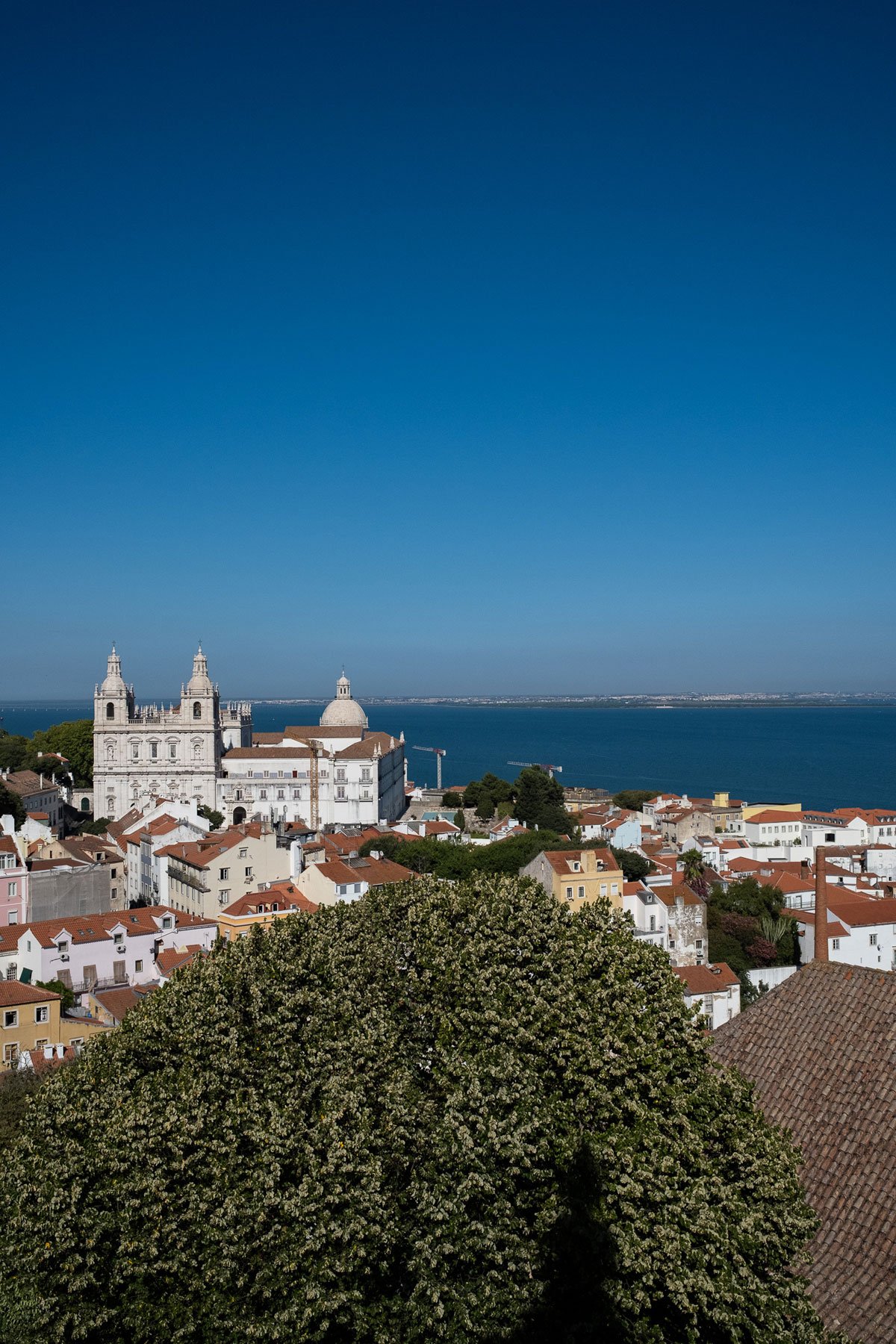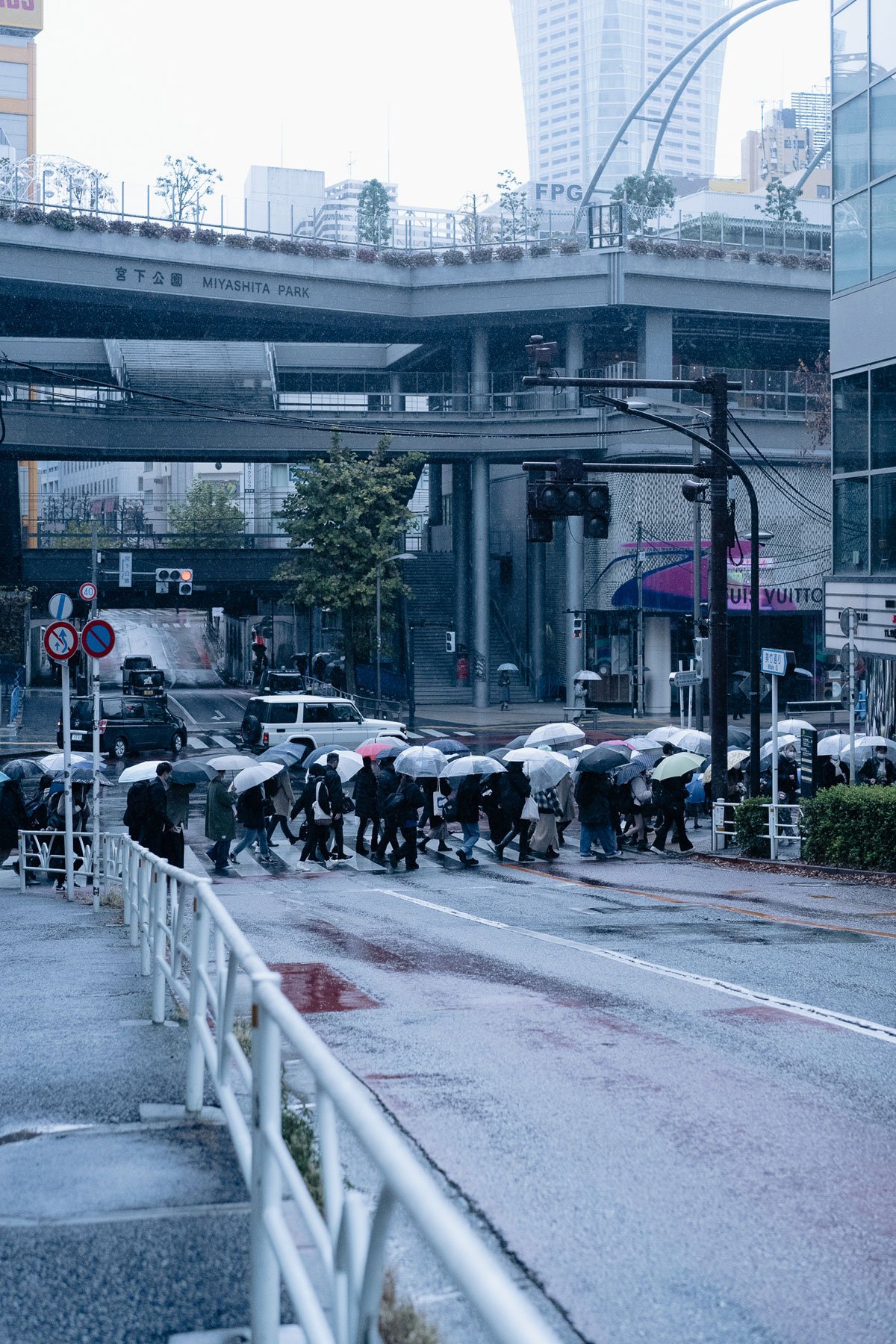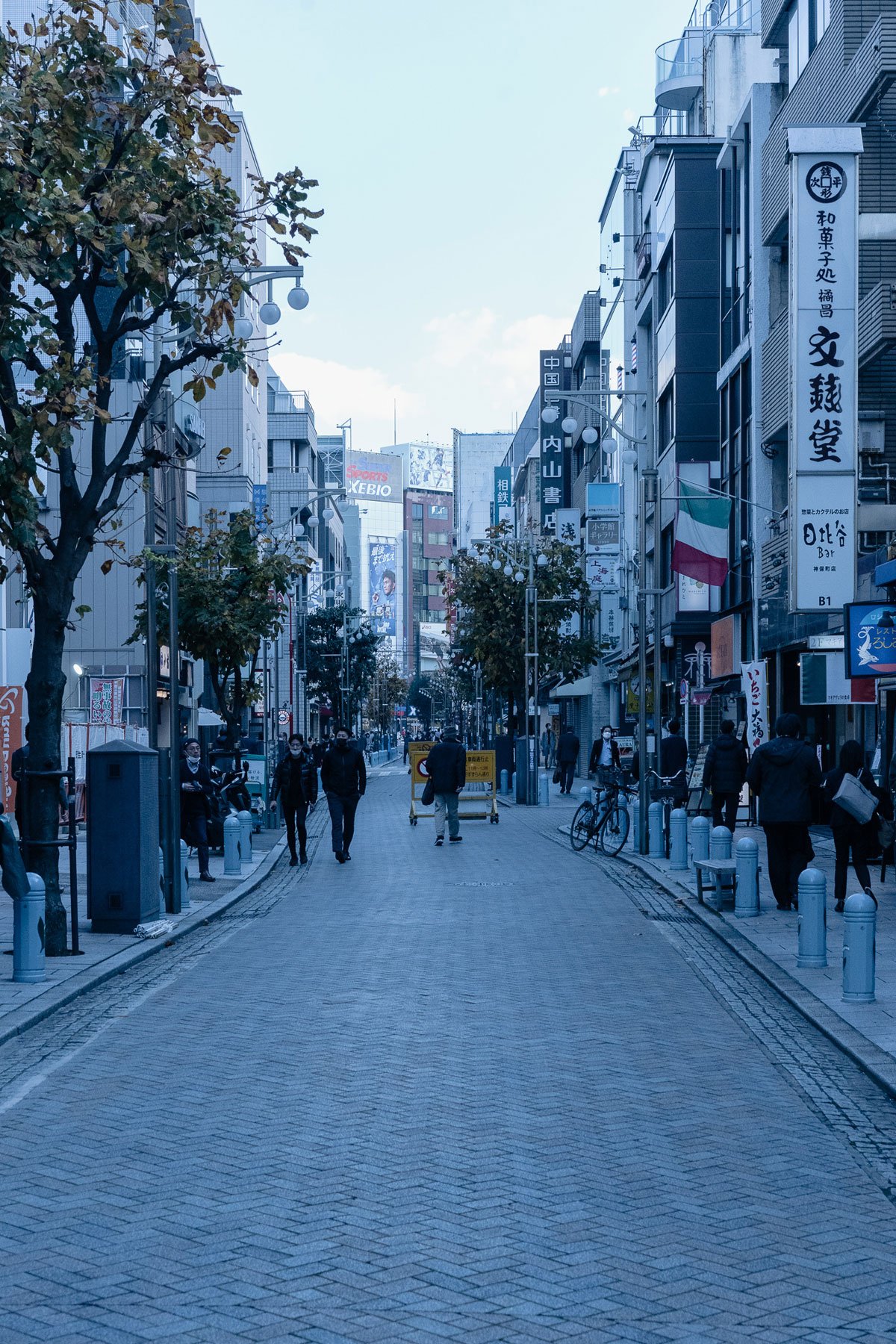LISBON || A Photo Story Presenting the Other Side of The City of Seven Hills

It’s just up these stairs and to the left. We stared at a set of unbelievably steep stairs that seemed to reach the clear blue sky above.
After we visited Lisbon, we finally understood how Lisbon got its name as the city of seven hills; each day was a strenuous hike up and down hills within the city.
Coming from Vancouver, Canada, where we’re also known for our picturesque hikes, a walk through Lisbon each day felt like going up the Grouse Grind, known as nature’s Stair Master, twice.
When we conversed about this with one of the restaurants during our visit, they told us that the people of Lisbon can eat whatever they want because of the hilly roads. After spending four days in the city, we would tend to agree. Below is our attempt to capture the inclined roads and paths of the city in addition to everyday scenes.
The plaza hosting the Statue of Saint Vicente is a heavy tourist area, where lots of Tuk Tuks are hoping to round up customers. The Igreja de Santa Luzia, a simple 1600s church, can be seen in the background.
I’ve edited only for colour but left the essence of the streetscapes, because when we research where we would like to travel, the search results tend to show us photoshopped landscapes portraying Portugal with its stunning landscapes dotted with colourful houses.
Having been to Portugal three times now, I can say that these photos fail to capture the city's age, and in most cases, they leave out the every day streetscapes you are more likely to see and interact with. I want to portray the real Lisbon, hence I’ve only done minimal edits to the photos for brightness and clarity — this is another side of Lisbon that isn’t often shown on social media that I think you should see as you are planning your globe-trotting adventures. Are you ready?
A tram running through the Alfama neighbourhood.
Let’s talk about hopping on one of the iconic trams. These trams are seen running throughout the historic neighbourhood of Alfama, Bairro Alto, and the more trendy waterfront area of Cais do Sodré where Timeout Market Lisboa is located. The trams stop at select bus stations and you will be able to catch them by looking out for trams 25E, 15, and the iconic 28 tram that is in almost every Lisbon tram photo you see. The streets are wider in the newer neighbourhoods like Cais do Sodré, but the photo above depicts a tram going through the Alfama neighbourhood, where tourists flatten themselves against the wall on narrow cobblestone sidewalks as a tram passes by.
A heavily graffitied tram taking visitors up and down a steep slope.
Other trams like the one above help get travellers up and down a steep cobblestoned pathway. Most times when we look for photos of Lisbon trams, we see ones in perfect condition, but when you get here and wander around the streets, you’ll find that most of the trams are covered in graffiti, which is a shame and we wish at some point they would get restored to their original design.
Trams help visitors get around to avoid climbing up and down the steep inclines throughout the city.
The interesting thing we discovered is that it’s much cheaper to get around by Uber (5 euros for an Uber XL to take you to the next neighbourhood) versus hopping on a Tuk Tuk (5 euros per person) or on the tram (3 euros per person). That being said, we still saw a ton of tourists hopping onto a Tuk Tuk; I also did it once on my first trip to Lisbon when I wanted to skip the bus lineup — I guess you have to try it at least once.
Tuk Tuks lined up on the street ready to pick up the next group of tourists.
A simple market shop and cafe on the streets of Alfama.
You’ll find these quaint market shops on the side streets of the Alfama neighbourhood, and inside will be a range of items that the shop owner wants to stock. I say it’s a list of items they want to stock because often times its’s not extensive. For example, we discovered Pastel de Nata tea, colourful packages of conserva (canned sardines), and kitchen essentials like oil, sugar, salt, and of course, a selection of wine. There are convenience stores that are open late, where you can grab snacks like a bag of chips, soda, wine, and personal supplies.
Towering monument at Rossio Square, also known as King Pedro IV Square.
There are many conservas shops that beckon to tourists to buy canned sardines as souvenirs.
The other to make a note of is the amount of fish, in particular cod and sardines, that you will consume in Portugal. Traditional Portuguese cuisine features an abundance of cod (Bacalhau) and many tours will take you to enjoy some traditional Bacalhau as part of the complete Portuguese dining experience. After that, you’ll likely wander pass stores filled with canned sardines, and bring a few of these homes with you as souvenirs. I don’t think I’ve ever seen that many cans of sardines! One of the shops even displayed them on a ferry wheel.
Portuguese are known for their tiles, and so you will see building facades featuring the country’s beautiful craft.
When we arrived in Lisbon it was just one week after a heat wave swept through the city, and so there were plenty of food and drink pop up stands with enterprising owners looking to profit off of the summer heat. There were plenty of ice pops and ice cream bars to choose from, but what confused us was the lack of iced coffee; in fact, if you ask for an iced coffee at most cafes, they would tell you that they first have to warm up the milk to make regular coffee and then add two blocks of ice to make a lukewarm coffee. We’re told the people here are more traditional and prefer their coffee hot despite the summer heat. If you’re looking for an iced coffee, latte of Frappuccino, you’ll have to head to a Starbucks and pay the premium!
Many small food and drink carts cater to those who need a break from all that walking, with tables set up in the comfortable shade under majestic trees.
One of the few wider streets for cars to navigate.
The last time two times I came to Portugal I had traversed the cities on foot, so I didn’t appreciate how difficult it was for cars to navigate the narrow side streets. Looking at some of the narrow streets below, you may be surprised that full-sized cars are expected to go through these streets with their side mirrors intact. We had an incident where our car had to pass through a tight spot between two buildings, and I had to hop out of the car and ensure the rental car escaped unscathed. There was only a sliver of space between the car and the wall, but I guess that’s what the locals are used to here. Now I wish I had a taken a photo!
What every day looks like for locals hiking up and down cobblestone paths, airing their laundry outside their windows.
To get from point A to B you’ll need to tie up those runners as flip flops likely won’t do.
All in all, if you’re expecting to visit Lisbon in the next few months, make sure to bring your most trusted pair of walking shoes, because you’ll be walking uphill and downhill wherever you go. The good news is that you’ll be able to eat whatever you want, since it’ll feel like you’re doing an 8-hour hike every day. We hope you enjoy your visit to Lisbon!
In Lisbon, it’s either uphill or downhill, you’ll be hard pressed to find flat land.
If you walk through the city, you’ll be treated to some beautiful blossoms peaking out from a residence backyard.
Photography by Florence Leung






